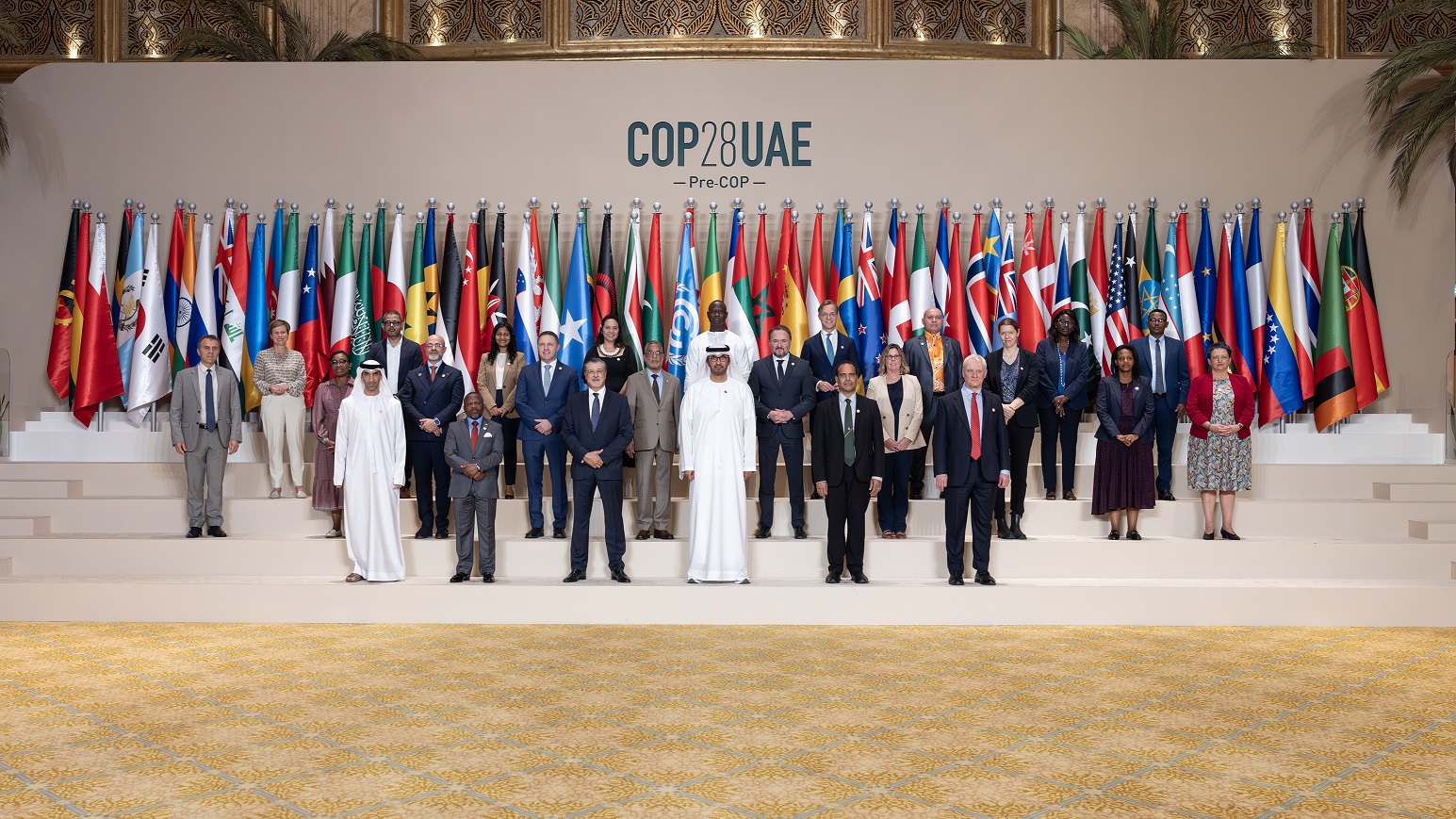This meeting was organised in partnership with the Global Health Group at the University of California, San Francisco (UCSF) and Gilead Sciences.
With some 15 million people now receiving HIV treatment the global community is more committed than ever to achieving the Sustainable Development Goals, including ending the AIDS epidemic by 2030. However, although there have been significant advances in HIV prevention and treatment, in Europe more than two million individuals are currently living with HIV and the number of new HIV infections continues to rise. According to the latest World Health Organisation (WHO) regional statistics, new HIV cases in Europe increased by 80 per cent from 2004 to 2013, largely driven by increases in Eastern Europe. Sexual transmission between men is the most common mode of transmission in Europe overall, and transmission through injecting drug use remains substantial in Eastern Europe.
Effectively addressing the HIV epidemic will require tailored approaches to meet the unique needs of Europe’s diverse populations and economies. With the availability of more effective, simpler HIV prevention and treatment options in recent years, there is an opportunity to focus on extending the reach of existing HIV services to the regions and populations that need them most. The new measure of success in HIV is not only achieving undetectable viral loads among communities, but also maintaining the health of people on HIV therapy over the long term. This includes reducing the impact of HIV-related co-morbidities and co-infections, such as hepatitis C (HCV).
This meeting explored the approaches needed in Europe to reach the UNAIDS 90-90-90 targets[1] by 2020. It provided an opportunity to discuss maximising use of tools that are now available to reverse the epidemic, including Treatment as Prevention (TasP) and pre-exposure prophylaxis (PrEP), and identified strategies to overcome the remaining barriers, including co-infection with hepatitis C and stigma, that hinder an effective HIV response in the region.
A new era in the response to HIV in Europe
The meeting took place a few months after the United Nations General Assembly adopted the Sustainable Development Goals. UNAIDS have launched its new strategy to reverse the course of the AIDS epidemic. WHO is close to finalising critical strategies on HIV, viral hepatitis and sexual health. In the context of these global initiatives, this meeting offered the opportunity to reflect on what still needs to be done to ensure a comprehensive and accelerated European response to HIV.
Objectives
- Bring together key practitioners and opinion leaders from across Europe to discuss how to harness scientific advances in HIV therapeutics and prevention, and translate these developments into policy
- Identify approaches to overcoming barriers to access among certain high-risk European populations, drawing from demonstration projects, research and modelling studies
- Consider ways to re-conceptualise treatment and prevention as a combination approach to reducing HIV infections and discuss how best to implement these strategies to meet new global HIV targets
- Explore opportunities to integrate screening and treatment services for HIV and key co-infections, particularly hepatitis C
[1] By 2020, 90 per cent of people living with HIV diagnosed; 90 per cent of people diagnosed with HIV on antiretroviral therapy; 90 per cent of those on therapy virally suppressed.
Summary of the discussions
‘A new era: redefining the response to HIV in Europe’ was convened to create a high-level dialogue to generate new strategies to meet the UNAIDS target of ending the HIV epidemic by 2030. Special focus was paid to the European policies and programmes that will need to be adapted and strengthened to meet the challenges of the coming decade. Representatives of 13 European countries participated, including policymakers, clinicians, advocates, and researchers, as well as representatives from multilateral organizations. Participants highlighted opportunities and challenges and considered trends in HIV prevention and treatment, funding, and regional collaboration.
The discussions revealed the urgency of addressing HIV/AIDS in Europe, and covered a wide range of topics, including the need to address stigma, reinvigorate advocacy, increase access to pre-exposure prophylaxis (PrEP), improve testing and surveillance, reach key populations (migrants, women, people who inject drugs), research collaboratively, and address co-infections and co-morbidities. Participants agreed that policy and funding challenges necessitate a regional, pan-European effort – supported by advocates, policymakers, clinicians and multilateral organizations – to ultimately reverse the increase in new infections across Europe.
The report provides an overview of presentations and discussions, highlighting the most salient themes that emerged from the three day meeting.
Related events
HIV co-infections with viral hepatitis: implications for screening and treatment in Asia (2015)
Scaling up HIV/AIDS treatment as prevention (2013)
The new era in HIV/AIDS treatment and prevention: science, implementation and finance (2012)
Social media
Social media engagement is encouraged for this event. Comments might include a summary of what is being said (non-attributable), the direction of the discussion or general impressions of the conference.
For Twitter users, please include @WiltonPark when tweeting and we will retweet your message.
Suggested hashtags: #HIVinEurope
Partners on Twitter: @GHGatUCSF @GileadSciences











